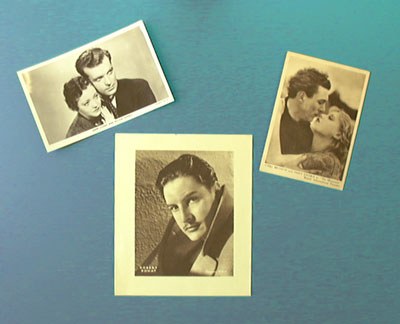
I’ve just been reading a report commissioned by the Research Information Network, Mind The Skills Gap: Information-handling Training for Researchers. It acknowledges that researchers are ’embracing the new opportunities with enthusiasm’, but whilst many have become highly skilled in taking advantage of technology, others appear to lack the understanding to make full use of the new technologies, and there is a widespread view that even many who claim to be proficient show ‘alarming deficits’ in their information skills. The conclusion seems to be that the proficiency of researchers, in terms of information retrieval, has not kept up with the rapid pace of change in the information landscape.
The report focuses in particular on the role of information professionals and does acknowledge, certainly within higher education, that there have been efforts to address this, with moves to extend to researchers the training in information skills and competencies that is offered to undergraduates. However, provision is often unco-ordinated and the precise role of libraries and library staff is not necessarily made clear by the overall strategy of the institution.
The report proposes that generic training in the use of information resources may not be as effective as training given within contexts that take account of subjects being researched and levels of experience of researchers, although addressing this would have substantial resource implications.
The identification of training needs is seen as an issue. This is always a challenge when we, as providers of information and resources, are looking to run effective services or make sure that we support the intended consumers of information resources. Understanding researchers’ (or users’) needs is the first step in ensuring that those needs are effectively addressed.
In the section of the report about the content of library provision of training there is mention of archives: ‘Where libraries are responsible for major special collections and archives relevant for research in the arts, humanities and social sciences, specialist librarians and archivists may be closely associated with training programmes, and their specialist expertise seen as particularly valuable in gaining the confidence of researchers.’
The conclusions of the report seem sensible, and fairly predictable: better communication; a more integrated approach to strategies; librarians, academics staff and central training units working more closely together; training that takes account of experience and of disciplinary differences; exploiting the potential of e-learning and blended learning approaches to training.
The RIN proposes as a next step to organise a ‘strategic workshop conference’ along with RCUK, Vitae, RLUK and SCONUL to consider the findings of the report.
Image: Mind the gap on Flickr (CC licence) M





